
Best HVAC Short-Term Courses 2026 | Online Certification
AutoDesk Certified Best HVAC engineering courses in India. 1. PG Program in HVAC Design by Augmintech · 2. SMEClabs HVAC Course · 3. Sofcon Training Institute (Noida/Delhi NCR)
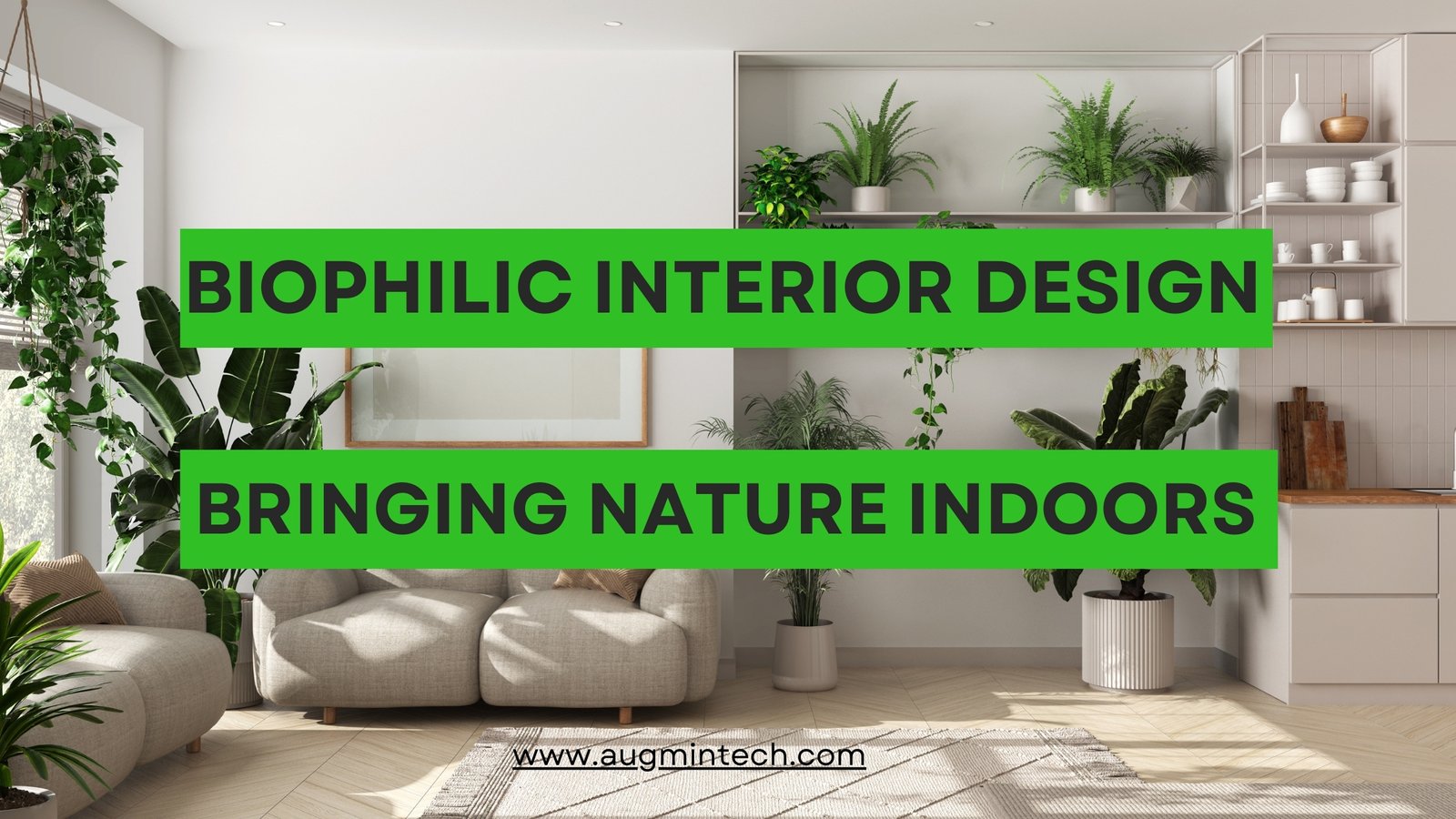
Biophilic design is a concept that has gained significant traction in recent years, as people increasingly recognize the importance of connecting with nature, even in our built environments. The term “biophilia” itself, coined by biologist Edward O. Wilson, refers to the innate human affinity for the natural world. Biophilic interior design takes this concept and applies it to the creation of spaces that promote well-being, productivity, and a sense of connection to nature.
At its core, biophilic interior design involves incorporating elements of the natural world into indoor spaces. This can be achieved through a variety of strategies, ranging from the use of natural materials and colors to the introduction of plants and water features. The goal is to create environments that evoke a sense of calm, relaxation, and inspiration, while also improving air quality and overall health.
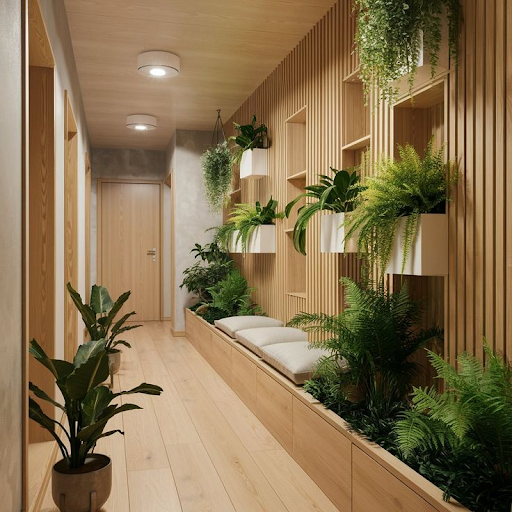
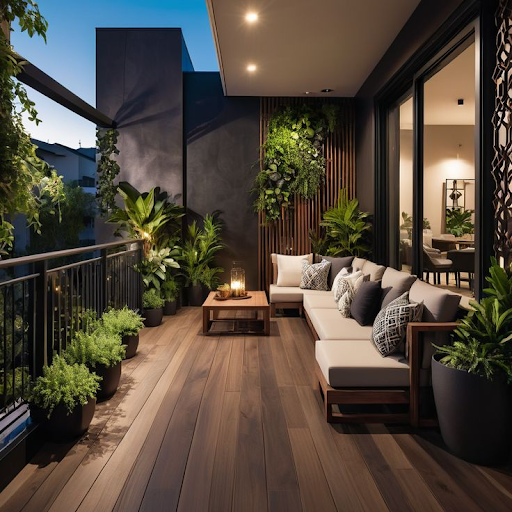
Biophilic design seeks to reconnect humans with nature by integrating elements of the natural world into indoor spaces. Key components include maximizing natural light for a sense of openness and circadian rhythm regulation; incorporating plants and greenery to improve air quality and aesthetics; utilizing natural materials like wood and stone for warmth and authenticity; introducing water features for their soothing sounds and visual appeal; incorporating natural patterns and shapes to create visual interest and harmony; providing views of nature whenever possible; and engaging multiple senses through elements like sounds of nature and natural scents.
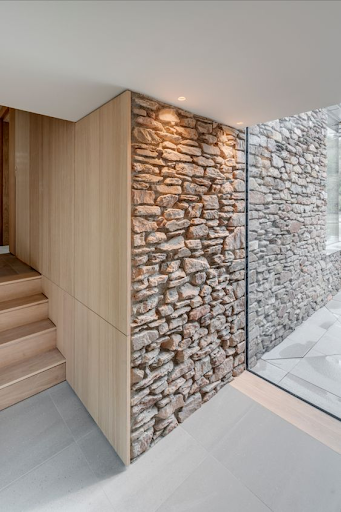

The benefits of biophilic design are numerous. Studies have shown that biophilic spaces can reduce stress, improve mood, and enhance cognitive function. They can also boost productivity, creativity, and overall well-being. Additionally, biophilic design can contribute to a healthier indoor environment by improving air quality and reducing exposure to harmful pollutants.

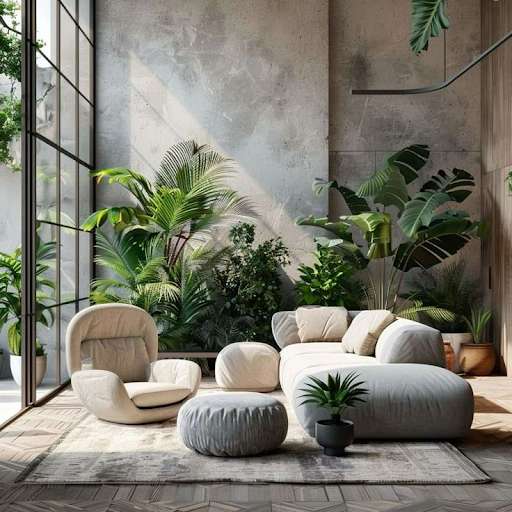
Biophilic design can be implemented in a variety of settings, from homes and offices to healthcare facilities and educational institutions. Here are a few examples:
By incorporating elements of nature into our indoor spaces, we can create environments that not only look beautiful but also promote our physical and mental health. Biophilic design offers a promising approach to creating spaces that truly nourish the human spirit.
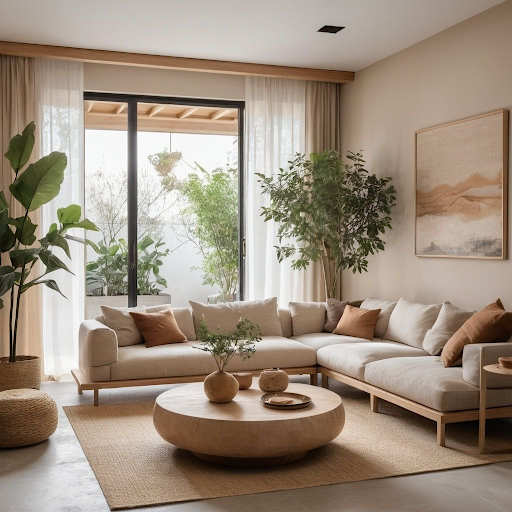
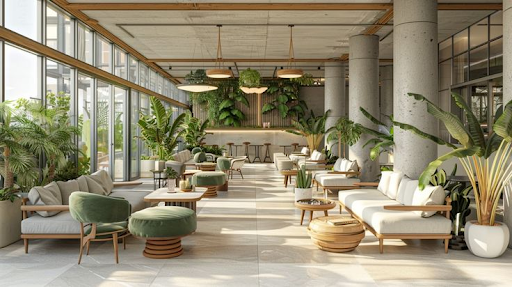
Would you like to focus on a specific aspect of biophilic design, like biophilic offices or biophilic homes?


AutoDesk Certified Best HVAC engineering courses in India. 1. PG Program in HVAC Design by Augmintech · 2. SMEClabs HVAC Course · 3. Sofcon Training Institute (Noida/Delhi NCR)

AutoDesk Certified Best HVAC engineering courses in India. 1. PG Program in HVAC Design by Augmintech · 2. SMEClabs HVAC Course · 3. Sofcon Training Institute (Noida/Delhi NCR)

AutoDesk Certified Best HVAC engineering courses in India. 1. PG Program in HVAC Design by Augmintech · 2. SMEClabs HVAC Course · 3. Sofcon Training Institute (Noida/Delhi NCR)